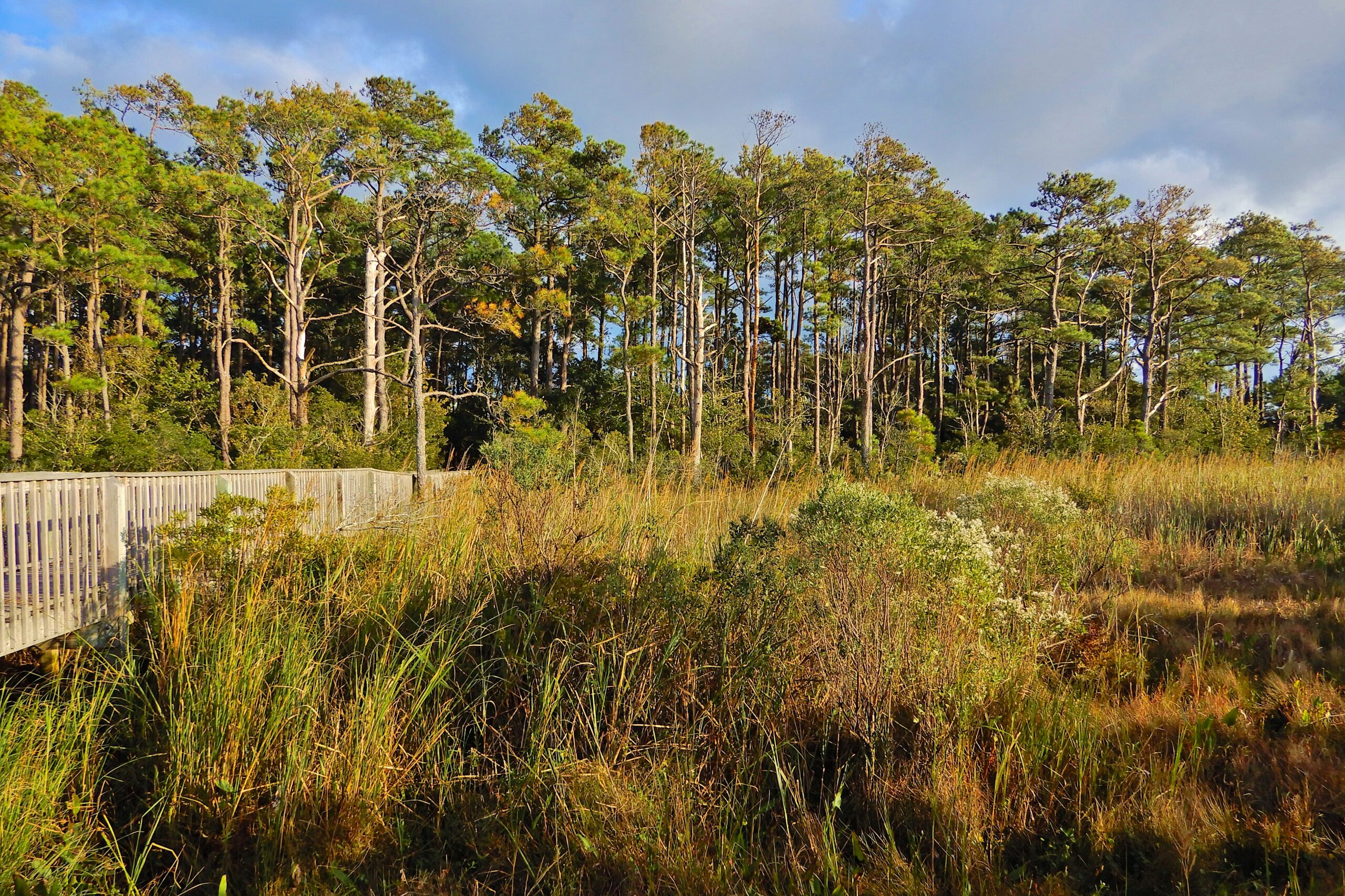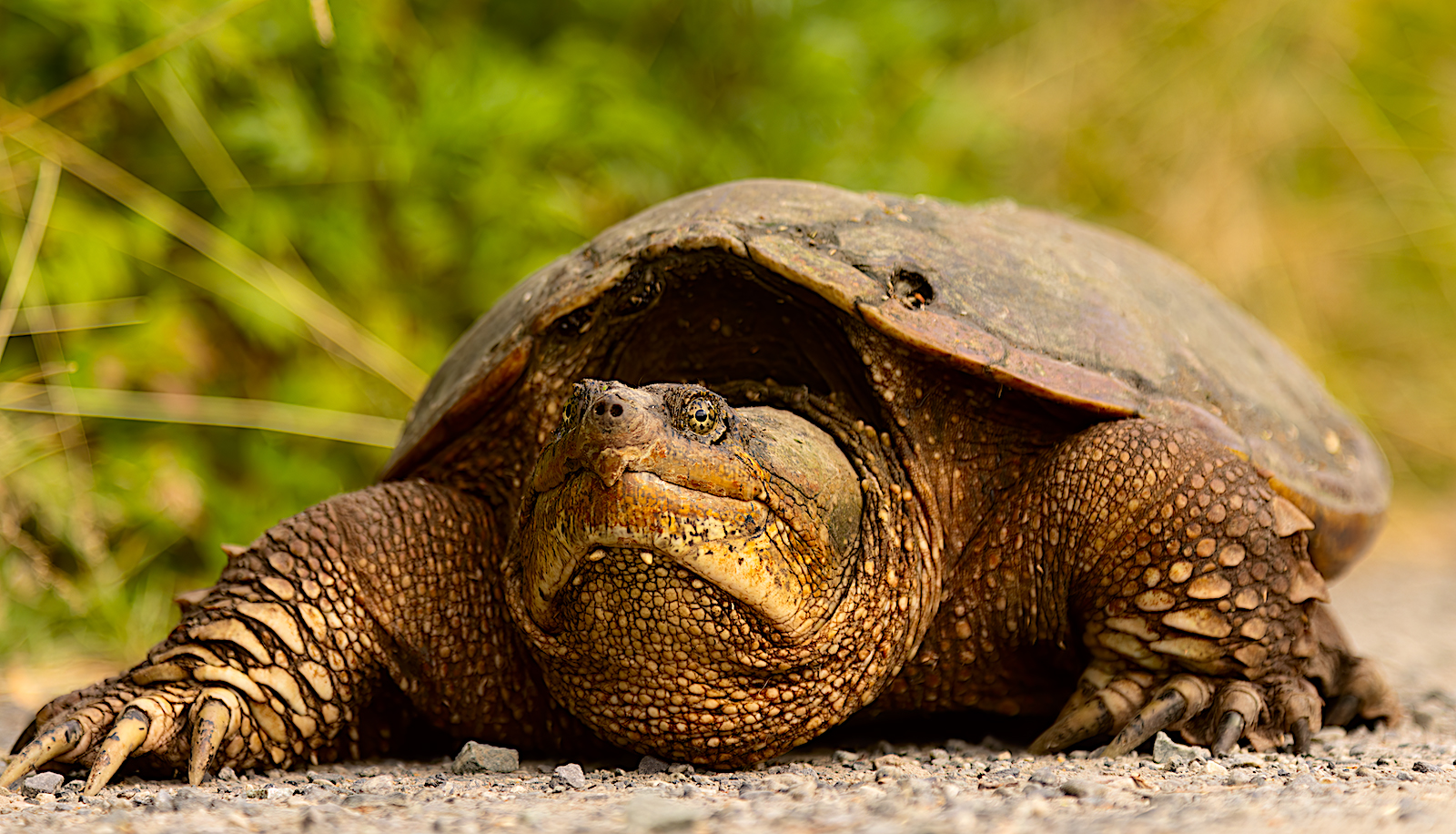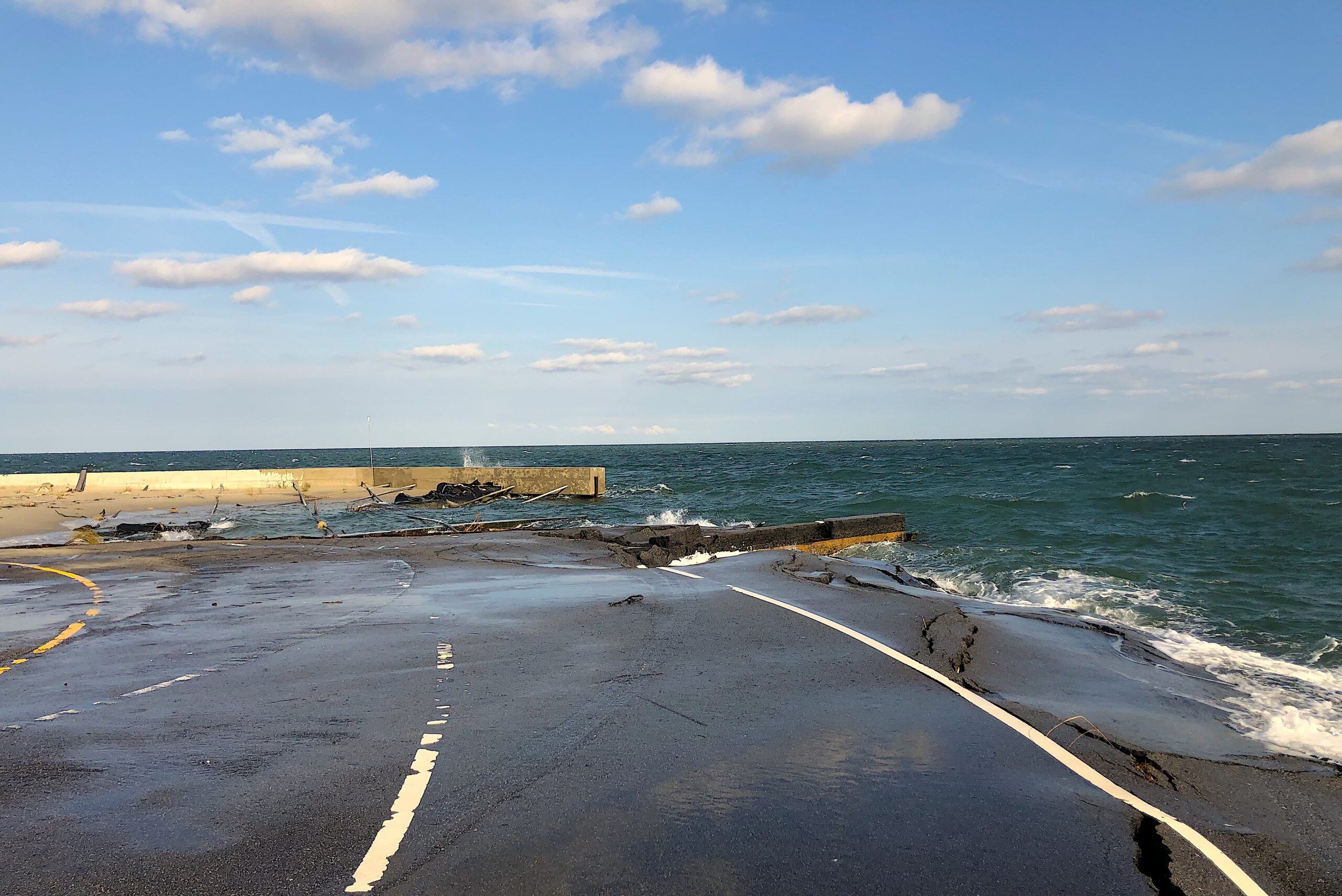Sea Grant Partnerships

North Carolina Sea Grant has been a partner in various aspects of the Outer Banks National Scenic Byway and the Outer Banks Maritime Heritage Trail projects.
“We are pleased and proud to work with local leaders to develop materials and programs to support sustainable tourism and educational efforts focusing on Outer Banks and Down East communities,” Sea Grant Executive Director Susan White notes.
During early stages of planning the scenic byway walking trail, Mary Helen Goodloe-Murphy, Dare County scenic byway committee chair, assembled a team to identify ways to reduce stormwater runoff, increase green areas, and improve water quality safety and aesthetics for the byway through Hatteras and Buxton. Barbara Doll, Sea Grant’s water quality specialist, led the group of scientists, engineers and designers from North Carolina State University, the University of North Carolina Coastal Studies Institute and the N.C. Coastal Federation.
“Working with the multidisciplinary creative team was a great learning experience and very rewarding,” Doll recalls. “We listened carefully to the residents, business owners and the byway committee members about their concerns and aspirations for the byway itself and their community. After much careful thought and hard work, we responded with a concept plan for the byway and stormwater systems that would work to balance community, safety and environmental concerns.”
Many of the team’s recommendations were incorporated into a feasibility study conducted by the N.C. Department of Transportation.
In 2012, Sea Grant provided a minigrant to help the local byway organizers, including Saltwater Connections program leaders, to prepare for the start of a three-phase project from the National Park Service. Those preparations included meetings with community leaders such as Carteret Catch, a group focusing on local seafood, and representatives of Cape Hatteras and Cape Lookout national seashores, and other federal, state and university programs focusing on tourism, local foods and economic development.
“The ultimate goal of identifying potential partners is to help forge collaborations that will result in a sustainable-heritage program for communities along the Outer Banks National Scenic Byway,” explains Barbara Garrity-Blake, who led the Sea Grant project.
Several members of the scenic byway committee also belong to Saltwater Connections, a regional initiative aimed at sustaining livelihoods, cultural heritage and natural resources from Hatteras Island to Ocracoke and Down East Carteret County. This group grew out of initial Sea Grant-funded work on community resources Down East, headed by researchers at Duke University. Sara Mirabilio, Sea Grant fisheries specialist, was on the resource team organized by Saltwater Connections to provide expertise to communities along the byway.
Saltwater Connections awarded the scenic byway a seed grant that the byway committee used to leverage national funding to complete logo development, branding and wayfinding signage projects.
Sea Grant’s maritime heritage fellowship program with East Carolina University fits well with the Outer Banks Maritime Heritage Trail project. Research by past fellows has helped to develop heritage tourism related to the Graveyard of the Atlantic.
Also, White notes that additional Sea Grant partnerships with the Monitor National Marine Sanctuary are possible, especially on new efforts to highlight the ecosystems that are home to the cultural resources, including the shipwrecks.
This article was published in the Summer 2013 issue of Coastwatch.
For contact information and reprint requests, visit ncseagrant.ncsu.edu/coastwatch/contact/.
- Categories:


